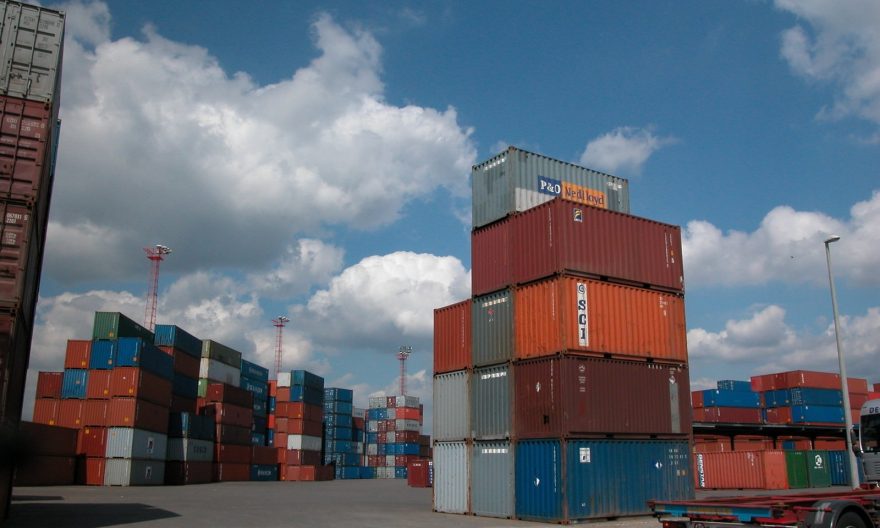
Finance minister Nirmala Sitharaman’s second Budget comes in the backdrop of a serious economic crisis. Like her predecessors who faced similar situations, Sitharaman is expected to come up with an inward-looking budget to protect the domestic industry. She can barely be blamed. The economy is in bad shape and the employment situation is the worst in 40 years. The FM will have no option but to bank on the domestic industry to create jobs for the country’s unemployed youth. But, does Indian industry deserve her trust?
India’s capitalist class developed under the British. Understandably, most of them were from the trading class and were adept in making money by trading in goods. Except for some honourable exceptions like the Tatas, they did not have the vision or ability to set up industries. Ratan Tata explained this beautifully when he was asked why Mukesh Ambani is the richest man in India and not him. “They are businessmen and we are industrialists,” he famously said.
READ: ‘Kerala’s achievements in healthcare can be replicated in other states’
A few years ago, this writer had an interaction with a top Indian businessman who owns a hugely successful luggage business. I asked him what has changed in the last few years for him. He said his company used to employ more than 5,000 people in 1990s, but the current staff strength is around 400. His business strategy is simple – contract manufacturing in China. People like him account for a lion’s share of India’s $87 billion trade and $53 billion trade deficit with China. This means, offering protection to Indian industries may not yield much in terms of employment generation.
The outsourcing syndrome is the key reason behind India’s abysmal record in research and development. India spends around 0.6% of its gross domestic product on R&D. Compare this to the R&D expenditure of countries such as Korea (4.2%), Israel (4.3%), US (2.8%) and China (2.1%). Most of India’s R&D spending is done by the Union government, not by the private sector as in the case of other countries.
READ: Budget 2020 — How to give India’s service sector a leg-up
Of course, India’s private enterprises have issues like poor infrastructure, high input costs and a rent-seeking government that leaves no opportunity to tax industries. Higher R&D spending, better infrastructure and cheaper inputs will strengthen Indian industry, not protectionist policies. This, along with reforms in land and labour laws, can make India a global industrial powerhouse.
Anil Nair is Founder and Editor, Policy Circle.

